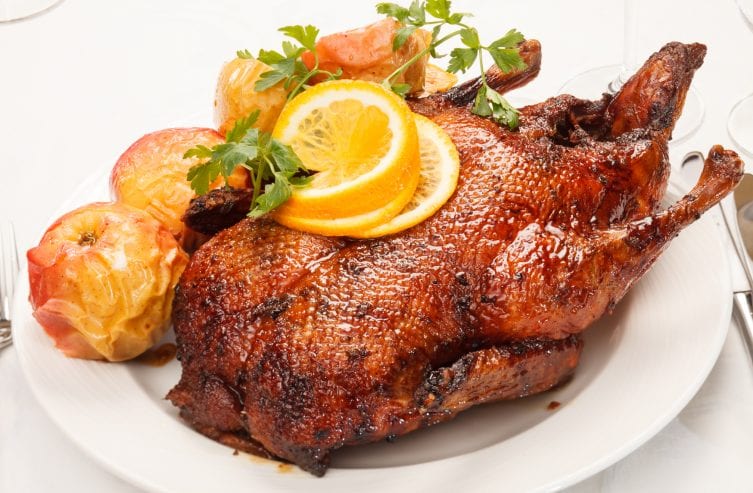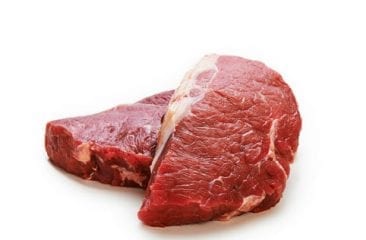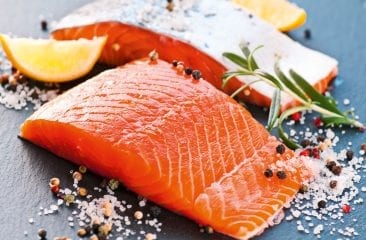Long ago, our ancestors were clued in to a very important fact: by storing food correctly it could be protected from spoiling. Meat storage has always been important to us and, in the past, people would smoke or cure their meat to help them survive long, cold winters; later on, these same types of preservation were used to bring a certain amount of culinary variation to the diets of seafarers embarking upon lengthy ocean voyages. In today’s scientific age, we have come to understand that proper food storage at the right temperature helps to suppress and even prevent the invasion/proliferation of microorganisms, and modern meat storage relies heavily upon refrigeration and freezing.

Advice when buying and storing fresh meat:
* Buy your meat towards the end of your shopping trip.
* When buying meat, think about where it has come from. If you buy your meat from a local butcher, you can ask about its origin (if it’s not immediately obvious from the labelling). By doing this, in your own small way, you can make a contribution towards supporting ethical animal husbandry.
* Try to make your journey home as short as possible, and keep your meat as cool as you can (consider using a cool bag/box for transport).
* It’s best not to allow meat to sit in its own juices so, as soon as you’re home, unpack it and, if necessary, dry it with some kitchen roll. If you bought the meat vacuum packed, it will keep for longer but take note of the ‘use-by’ date. Also, check that there is no damage to the packaging – if air has entered then so have bacteria, and these can quickly spoil the meat.
* For short-term fridge storage, it is best to place meat in a firmly sealed plastic or glass container.
* Wooden containers or shelves are not suitable.
* Minced meat from the butcher should ideally be cooked immediately after purchase, or within 24 hours; at the very least, it should be well wrapped and stored in a fridge in accordance with food ministry recommendations.
Pork
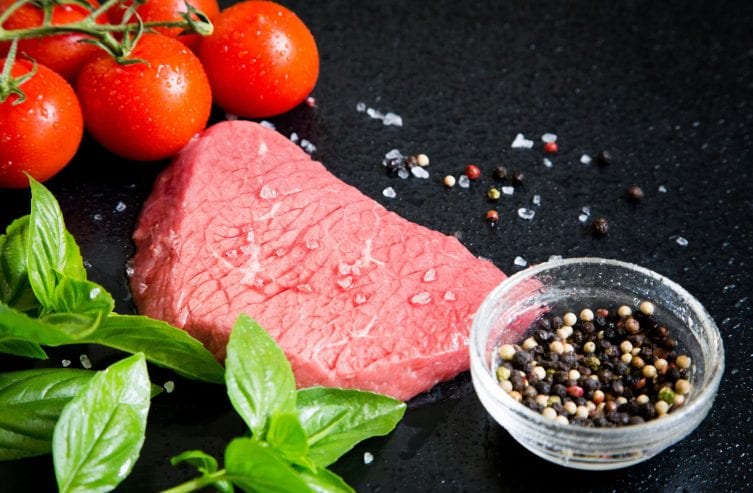
Pork is one of Germany’s favourite meats, ranking more popular than even poultry or beef. The domestic pig that we know today is a cross between an Asian breed and a European breed and, although German pig breeding was already established by the early 18th century, it really kicked off in the middle of the 19th century. Today, pork is used in so many different ways and in a huge range of dishes, yet it is still enjoyed on its own as a succulent chop or as an oven-roasted, crackling-wrapped joint. One very well-known way to eat pork is as a schnitzel – an adaptation of the famous ‘Wiener (veal) Schnitzel’ – with the meat thinned, tenderised, breaded and fried.
When buying pork, make sure it is fine grained and that it has a strong pink colour. If the meat is strikingly pale – or very dark and watery – it can be an indication of inferior quality.
You can keep fresh pork in the fridge for up to one day and for up to 7 days in a BioFresh compartment. You can, of course, also store pork in the freezer. When freezing, the meat should be sealed in an airtight, date-marked freezer bag and stored at -18°C. Pork can be stored in the freezer for up to 6 months.
Veal
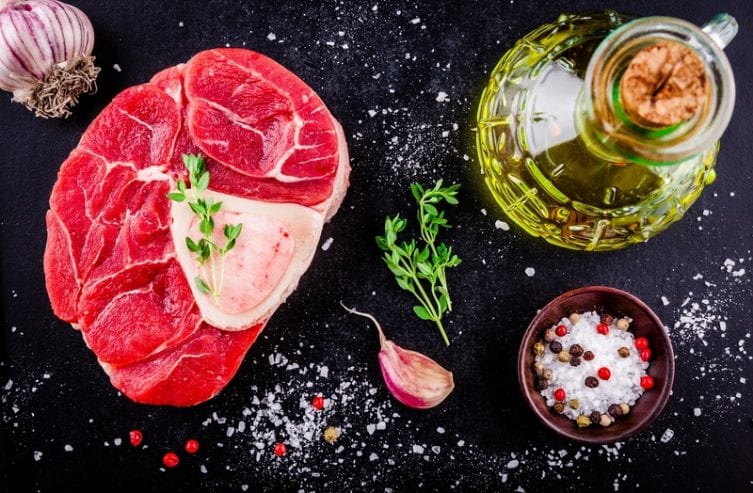
Beef cattle up to 8 months old are designated as ‘calves’ and, depending on their breed, calves are bred for either meat or milk production. Calf meat is commonly known as ‘veal’ and, as with pork, it’s used in a wide variety of ways. Whether it’s roasted or enjoyed as a steak, roulade or classic fillet, veal is always a great choice for a celebratory meal; and, by no means should we overlook Wiener Schnitzel, the classic veal dish (note: if you happen to see ‘Vienna style Schnitzel’ on the menu it means that the schnitzel is made from pork not veal!). You can buy veal in almost every butcher’s shop or supermarket; make sure that the meat you are buying has a light red colour. Carefully cooked, veal is regarded by many gourmets as the ‘pinnacle of culinary enjoyment’.
Fresh veal can be kept for one day in the fridge and for up to 7 days in a BioFresh compartment. Veal is also ideal for freezing: the meat should be sealed in an airtight, date-marked freezer bag and stored at -18°C. It is even better to store it in a vacuum sealed bag and some butchers offer a vacuum-packing service. Veal will keep in the freezer for up to 12 months.
Lamb
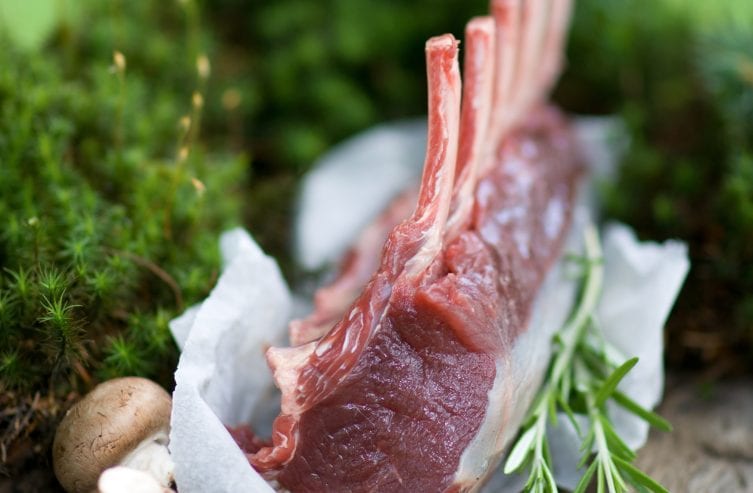
Lamb comes from sheep that are younger than one year old and gourmets regard it as one of the finest meats. Throughout the world, sheep have a long history of being reared as domestic animals because they have always been an important source of wool, milk and meat. Their juicy pale red meat is tender and aromatic, and it harmonises beautifully with a wide variety of herbs, such as thyme, rosemary and mint. Lamb is a relatively lean meat, contains high quality protein, and is a great addition to a balanced diet.
You can store fresh lamb in the fridge for a day. It is best to dry it with kitchen roll, place it on a plate and then cover it with foil/food wrap. If your fridge has a BioFresh compartment you can store it in there for up to 7 days. If freezing, pack it in an airtight, date-marked freezer bag or – even better – vacuum pack it. Frozen and stored at -18°C, lamb can be kept for up to 10 months.
Poultry
Poultry is often used as the collective noun to describe domesticated birds that are kept for their eggs, meat or feathers, e.g. chickens, geese and ducks. Poultry meat is an important global food source and chicken, geese and ducks are farmed all over the world. Whether grilled, roasted or pan fried – poultry tastes really good. The meat provides many important nutrients and supports a balanced diet; it offers high quality protein, vitamins, minerals and a favourable range of fatty acids, so there are plenty of good reasons to make poultry a regular addition to your menu. Fresh poultry meat is very sensitive and, once purchased, it should be taken home as quickly as possible – ideally in a cool box/bag. Pay particular attention to the use-by date when buying fresh poultry meat or, if it’s frozen, look for the best before date.
Store fresh poultry meat on a grille on a plate, and cover it with foil or food wrap. It can be kept in the fridge for a day or in a BioFresh compartment for up to 6 days. Using a grille ensures that the meat doesn’t sit in its own juices. Vacuum-packed poultry meat can be kept in a freezer at -18°C for up to 6 months.
Important: in order to prevent salmonella infection, you should always thaw chicken in the fridge in a deep covered dish with a grille insert. Carefully dispose of the water from the thawing process and then wash the meat in cold running water.
Beef
Throughout history, meat has been a significant part of our diet and good quality beef has long provided us with lots of valuable nutrients and important vitamins. Beef is the collective noun given to the different types of cattle meat derived from male and female animals of different ages. Cattle meat is sometimes further classified into other categories, for example:
* Beef / ox meat
* Cow meat
* Bull meat
* Heifer meat
* Veal / calf meat
Although retailers do not have to label meat according to these categories, you can work out exactly what you’re buying by paying attention to the colour of the meat: veal is pale red; young bull meat is mid red; heifer and ox meat are bright red; cow meat is dark red). Beef can be prepared in all sorts of ways and there are many different cuts. Entrecôte and steak are cut from the back, and rump steak is cut from the back and the haunches. Which cuts are best for steaks, schnitzels or a goulash depends on the meat’s fibre structure: fine-fibred meat from the back or the loin is ideal for frying or grilling, whilst more coarsely structured meat is better for braising, roasting or slow-cooking.
You can store fresh beef in a fridge for up to one day or for up to 7 days in a BioFresh compartment. Make sure that the beef isn’t sitting in its own juices: preferably store the beef on a grille in a deep dish or a glass bowl to allow it to drain. If you want to freeze your beef, seal it in an airtight, date-marked freezer bag and freeze it at -18°C. Freezing it vacuum
packed is even better and some butchers will vacuum pack for you. Frozen beef keeps well for up to 12 months.
Game
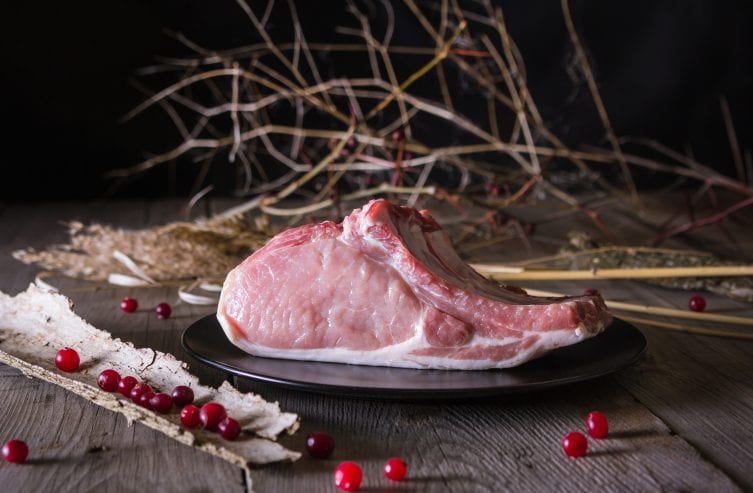
The term ‘game’ originates from the world of hunting and serious lovers of meat regard game as a real treat. All game falls into one of two categories: feathered game and furred game.
The most important feathered game varieties include:
* Quail
* Wood pigeon
* Wild duck
* Pheasant
* Partridge
The most important furred game varieties are:
* Red deer
* Roe deer
* Wild rabbit
* Wild boar
Although hunting seasons traditionally only extend over the autumn and winter months, game is nowadays available all year round. Buying fresh meat is generally the better option, and it is best to purchase it from a specialist retailer, a well-stocked supermarket or a delicatessen.
You should make sure that the meat doesn’t have any blackish tinges, nor a metallic sheen. You can also buy direct from the hunter but, if you are going down this route, confirm that your meat has gone through an official test for trichinosis. And, a small preparation tip: since it already has an intense flavour of its own, game meat ought not to be seasoned too heavily; bay leaves, cloves, rosemary and juniper berries complement game particularly well.
You can store fresh game in a fridge for up to one day or for up to 7 days in a BioFresh compartment. Make sure that the game meat isn’t sitting in its own juices: preferably store it on a grille in a deep dish or a glass bowl to allow it to drain. If you want to freeze your meat, seal it in an airtight, date-marked freezer bag and freeze it at -18°C. Freezing it vacuum packed is even better and some butchers will vacuum pack for you. When frozen, game will keep for up to 9 months. If you enjoyed this post, please share it on Facebook, Twitter or one of the other social networks in the list below. If you have any questions, please write to us using the comment function below this post or start/join in discussions with us on Facebook.
